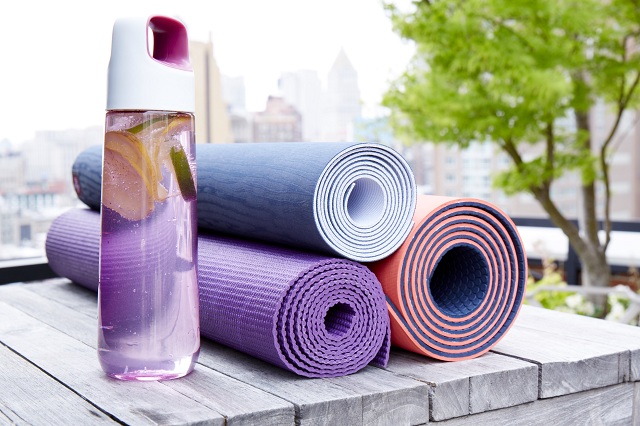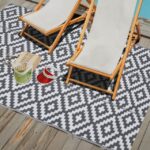With the ever increasing popularity of yoga in recent years, it is only normal that the market will be over flooded with all kinds of multi-coloured yoga props. While most of them are convenient and can help make your yoga practice easier and much more comfortable, it is safe to say that in reality most of them are not that necessary. However, there is one yoga prop that is the foundation of all types of yoga practice that provides comfort and stability and that’s the yoga mat.
Yoga mats are an essential tool whether or not you are new to yoga. Even the ancient yoga masters five thousand years ago, have used some sort of padding made out of plants or whatever. But, there is more to choosing the right yoga mat beyond your favourite colour, especially if you consider the huge variety of yoga mats available on the market. So, here are the main things you should have in mind when you are out to purchase a new yoga mat.
It is obvious that the material is probably the most important since it is what determines the rest of the features. Usually, mats are made from PVC also know as vinyl, however there are newer and more eco-friendly options like natural and recycled rubber, organic cotton, jute, and some combinations of multiple materials.
The thickness of the mat is also important since it has a lot to do with how comfortable you will be during certain positions. If it is too thin, you won’t get enough cushioning and you’ll feel discomfort during your practice. Many people compromise thickness for portability, but if you have enough storage space and you don’t mind carrying around a more hefty yoga mat, you should go for a thicker mat for the sake of comfort.
Another crucial feature is texture. Yoga mats can come in different textures which determine how much traction the mat provide. This is important for many poses because it prevents you from slipping all over the place. Some mats have a naturally rough textures and some are man made. Jute and cotton mats for example get their texture from the way they are woven while PVC and rubber can be fabricated with different levels of roughness. It is important that the texture isn’t too rough since it may cause you discomfort during sitting and lying poses.
The stickiness of yoga mats is what sets them apart from regular exercise mats. Have in mind that both sides of the mat need to be sticky. The side that is in contact with the floor needs to provide as stable foundation for your poses while the top side should hold your hands and feet in place and prevent them from sliding.
And finally consider the price. It can range from $20 to over $100 for some premium mats so, find the right balance between your budget, comfort and quality.
















